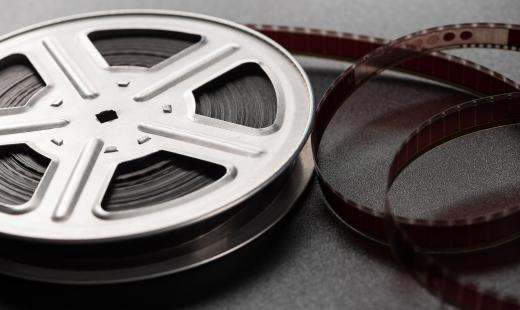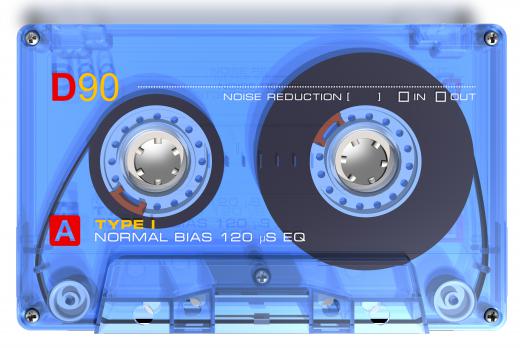A butt splice is a form of splice that is made by joining the two ends, or butts, of two objects without any type of overlapping. While the technique is usually associated with the process of splicing sections of film, it is also sometimes used in woodworking and home renovation projects. When executed properly, the butt splice connection becomes almost impossible to detect, allowing for a uniform continuity to the surface of the now joined objects.
Far and away, the concept of the butt splice is most associated with the editing of films, especially in the preparation of reels of film for movies. Used extensively through the middle of the 20th century, this approach calls for an exact alignment of two sections of film. Unlike other forms of splicing that create the union by overlapping the ends, film splicing of this type calls for using a thin adhesive that is applied to the two ends that are to be joined. Once the adhesive has set, the level of strength at the joint is very close to the spacing between each frame on the film, making it possible to run the master copy through a duplicator and make as many copies of the film as desired.

A similar approach is used in an audio butt splice. During the days of audiocassettes, splicing of this type was sometimes used to repair broken tape on a cassette. The approach usually called for cutting away the damaged section, then joining the two ends with a small amount of adhesive. In some cases, an underlying section of adhesive tape was applied to the underside of the tape, effectively creating a bridge that joined the two ends. Repairs of this type helped to minimize damage to the cassette, although the process would create a minor problem with the sound quality at the point where the two sections were joined.

Around the house, butt splices are common with the installation of chair railings and crown moldings. Cutting two sections to size, the ends are joined using wood glue or a similar adhesive. Depending on the design of the molding or railing, a small amount of finishing mud may be applied at the joint, effectively helping to mask the seam once the railing is painted. This approach makes it possible to use odd sections of wood materials that otherwise would have to be discarded.

The idea of a butt splice is also used in the manufacture of rubber materials, such as gaskets. Once the rubber material is vulcanized, the ends are placed together and allowed to join as the material cools. After the joint is allowed to set and cool, it often leaves no more than a hairline ridge that is very hard to detect.

